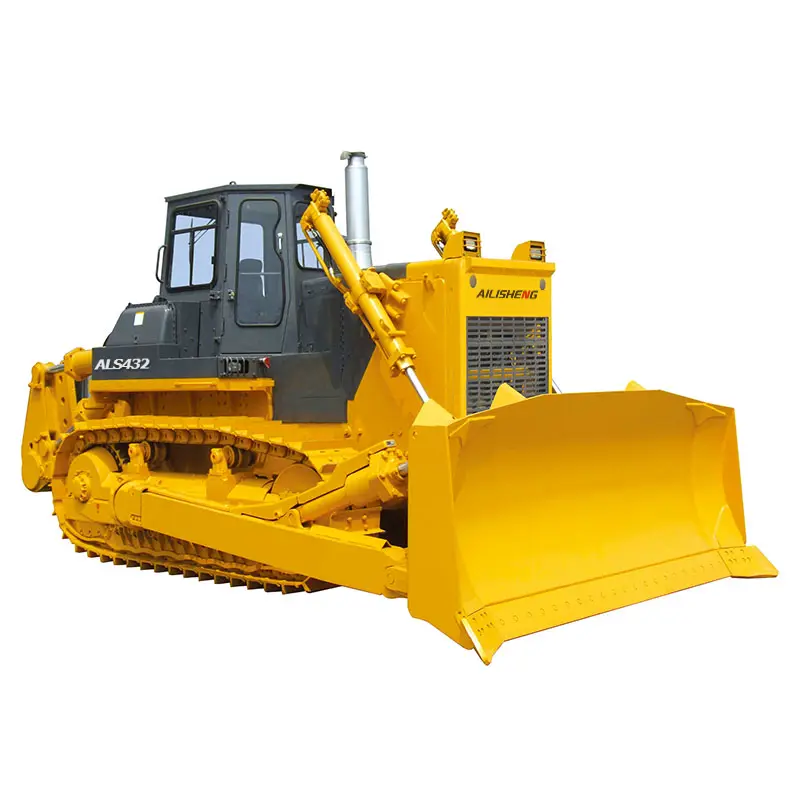Compact Electric Mini Excavators: Dimensions and Finding the Perfect Fit for Your Needs
Electric mini excavators are a popular choice for contractors and construction companies due to their compact size and versatility. These small but mighty machines are perfect for digging trenches, clearing debris, and performing other tasks in tight spaces where larger excavators simply can't fit. If you're in the market for a compact electric mini excavator, it's important to consider the dimensions and find the perfect fit for your specific needs. In this article, we'll explore the key dimensions to consider when choosing a compact electric mini excavator and provide helpful tips for finding the right machine for your project.
Understanding the Dimensions

The dimensions of a compact electric mini excavator play a crucial role in determining its performance and capabilities on the job site. When evaluating the dimensions of a mini excavator, there are several key factors to consider.
One of the most important dimensions to consider is the overall size of the machine. Compact electric mini excavators are designed to be small and agile, making them ideal for working in confined spaces. However, it's still essential to ensure that the machine can fit through doorways, gates, and other narrow openings on your work site. Additionally, the overall size of the excavator will determine its stability and mobility on different types of terrain.
Another important dimension to consider is the digging depth of the excavator. This measurement determines how deep the machine can dig into the ground, which is crucial for tasks like trenching and excavating foundations. The digging depth of a mini excavator can vary widely depending on the model, so it's important to choose a machine with the right capabilities for your specific project requirements.
In addition to size and digging depth, the reach of the excavator is another critical dimension to consider. This measurement determines how far the excavator's arm can extend, which is important for reaching over obstacles and accessing hard-to-reach areas. A longer reach can significantly improve the machine's versatility and efficiency on the job site.
Finally, the weight of the mini excavator is an essential dimension to consider. A lighter machine may be easier to transport and maneuver, but a heavier machine may offer more stability and power for demanding tasks. It's important to strike the right balance between weight and performance to ensure that the excavator can handle the specific requirements of your project.
Finding the Perfect Fit
Now that you understand the key dimensions to consider when choosing a compact electric mini excavator, it's time to find the perfect fit for your needs. There are several factors to take into account when evaluating different machines and selecting the right one for your project requirements.
One of the first steps in finding the perfect fit is to assess the specific tasks you'll be using the excavator for. If you primarily need the machine for digging trenches and excavating foundations, you'll want to prioritize a compact electric mini excavator with ample digging depth and reach. On the other hand, if your project requires more flexibility and maneuverability, you may want to prioritize a smaller machine that can easily navigate tight spaces.
Additionally, it's important to consider the specific work site conditions that the excavator will be operating in. If you'll be working on soft or uneven terrain, you'll want to prioritize a machine with excellent stability and traction. If there are significant height restrictions or narrow access points on your work site, you'll need to prioritize a mini excavator that can fit through those tight spaces without sacrificing performance.
When evaluating different compact electric mini excavators, it's also crucial to consider the machine's power source. While all electric mini excavators are designed for compact size and agility, their power sources can vary. Some machines are battery-powered, offering quiet and emissions-free operation, while others may be powered by a diesel-electric hybrid system. The specific power source of the excavator can have a significant impact on its performance and operating costs, so it's important to carefully consider this factor when choosing the right machine for your project.
In addition to these considerations, it's essential to evaluate the durability and reliability of the mini excavator. Look for machines with robust construction, high-quality components, and a proven track record of performance in real-world conditions. A reliable machine can significantly reduce downtime and maintenance costs, ensuring that your project stays on schedule and on budget.
Finally, when evaluating different compact electric mini excavators, it's important to consider the manufacturer's support and service. Look for a reputable manufacturer with a strong dealer network and a commitment to customer satisfaction. Choosing a machine from a trusted manufacturer can provide you with peace of mind and reliable support throughout the life of the excavator.
Conclusion
In conclusion, the dimensions of a compact electric mini excavator play a crucial role in determining its performance and capabilities on the job site. By understanding the key dimensions to consider and following the helpful tips for finding the perfect fit, you can select the right machine for your project requirements. Whether you need a mini excavator for digging trenches, clearing debris, or performing other tasks in confined spaces, there are many options to choose from. With careful consideration of the dimensions and other important factors, you can find the perfect compact electric mini excavator to meet your specific needs and make your project a success.
